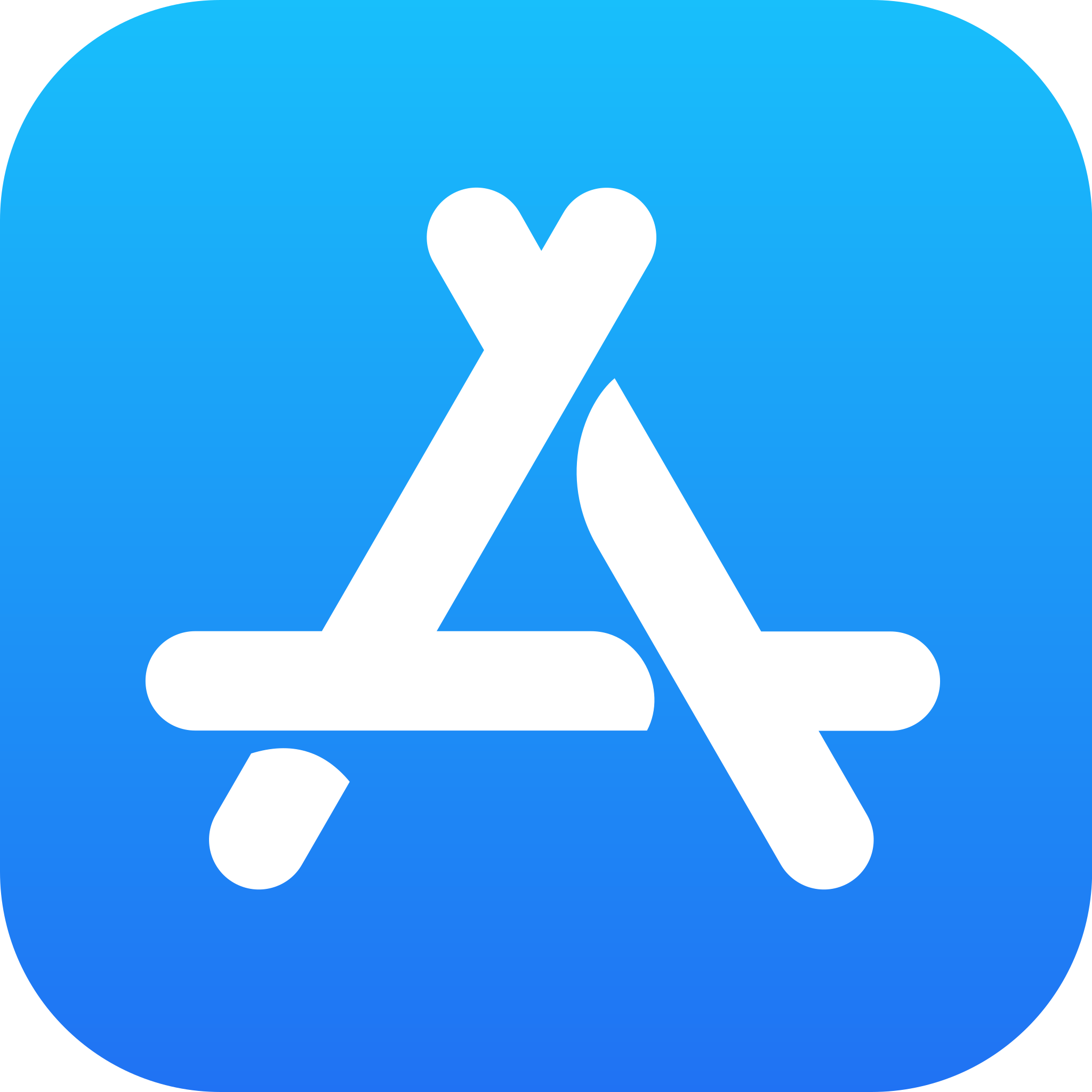Compare Instapaper, Readwise Reader, and Pocket: Which App is the Best?
Instapaper is a simple, no-fuss app for saving and reading articles offline. It's easy to use, looks clean, and helps you keep your reading organized. | Pocket was a popular read-it-later app with 20 M+ registered users. Now, it's shut down in July 2025. | Readwise Reader is a powerful read-it-later app that consolidates web articles, newsletters, PDFs, and ebooks into one platform. With advanced highlighting, AI assistance, and seamless note-taking integrations, it's designed for serious readers who want a distraction-free, feature-rich reading experience. | |
| Key Features A summary of the most important features offered by each app. |
|
|
|
| Our Rating Prod Apps's expert review score for each app, based on hands-on testing and research. | 7.6 Winner in this category | 7.0 | 7.6 Winner in this category |
| Total users Total active users across all major browsers: Chrome, Edge, Firefox, and Safari. | 0 | 0 | 0 |
| Total ratings Total number of user ratings received across all supported browsers. | 0 | 0 | 0 |
| Average rating Average user rating across all browsers, calculated from available store ratings. | — ⭐ | — ⭐ | — ⭐ |
| Entry Level Price The minimum price required to start using the app. "Free" means a free tier is available. | Free | Free | Free |
| Android User rating and stats for the app on Android browser. |  Downloads |  Downloads |  Downloads |
| iOS User rating and stats for the app on iOS browser. |  |  |  |
| Features Prod Apps's expert score for the 'Features' aspect of each app. | 7.5 Instapaper does what you need: save articles, read them offline, and organize with folders and tags. You can pay for extras like searching your saved stuff or adding more notes, but most people won't need that. Some things are missing or work better on iPhone than Android, and sometimes syncing is slow. But overall, it covers the basics really well. | 7.0 Not available anymore. | 8.5 This is where Readwise Reader really shines. The features are genuinely impressive - not just marketing fluff, but stuff that actually makes reading online better. What we love:
The rough spots? Search is surprisingly bad for such a polished app. Some stuff doesn't work great on e-readers. We hit bugs that shouldn't exist in a paid app. But the core features solve real problems and do it well. Winner in this category |
| Performance Prod Apps's expert score for the 'Performance' aspect of each app. | 7.5 Instapaper is fast and works well most of the time. We didn't have crashes, and reading is smooth. Sometimes syncing is slow or articles take a while to show up, especially on Android. But for everyday use, it's reliable. Winner in this category | 7.0 Not available anymore. | 7.0 Performance presents a tale of two experiences - the core reading functionality works smoothly and reliably, but recent updates have introduced stability issues that affect the overall user experience. The strong points are evident during daily use. Reading feels responsive with smooth scrolling and quick page navigation. Content synchronization across devices works consistently, and importing articles, PDFs, and RSS feeds processes efficiently. The basic reading, highlighting, and annotation functions that form the app's foundation operate reliably. Recent developments tell a different story though. The significant drop from a 4.3 overall rating to 3.78 for recent reviews signals genuine stability problems with newer versions. Android users report more issues than their iOS counterparts, including navigation problems and functionality regressions. Some users have experienced critical issues like being unable to add new content after updates, while others consistently note that search performance remains poor. Device compatibility also varies, with particular issues reported on e-ink devices and certain Android configurations. While active development appears to be addressing these concerns, the reliability issues prevent the app from achieving the stability users expect from a paid service. |
| Design Prod Apps's expert score for the 'Design' aspect of each app. | 8.0 We like how Instapaper looks. It's clean and simple, so you can just read without distractions. You can change the font or switch to dark mode if you want. The Android app could look a bit more modern, but it's still nice to use. Winner in this category | 7.0 Not available anymore. | 7.5 The design philosophy centers on creating a distraction-free reading environment, and it largely succeeds. Users consistently describe the app as "gorgeous," and the overall aesthetic genuinely supports focused reading with clean typography and thoughtful spacing. Design strengths that impressed us:
The cross-platform execution reveals some inconsistencies though. The app clearly prioritizes iOS, and this shows in the Android experience. Navigation elements don't always follow Android design conventions, and gesture interactions occasionally feel foreign to the platform. While the core reading experience remains visually appealing, the iOS-first approach creates noticeable polish differences that affect the overall experience on Android devices. |
| Value for Money Prod Apps's expert score for the 'Value for Money' aspect of each app. | 7.0 The free version is great—you get all the basics and no ads. The paid plan costs more now and doesn't add a lot unless you really need the extra features. If you just want to save and read, stick with the free version. If you want more, think about if it's worth it for you. | 7.0 Not available anymore. | 7.5 The value proposition is complex and heavily depends on your reading habits and tolerance for subscription models. The subscription approach generates polarized reactions - some users find it completely worthwhile while others strongly prefer one-time purchases. For power users, the comprehensive feature set justifies the cost. AI assistance, advanced highlighting, deep integrations, and reliable infrastructure create genuine productivity benefits. The 30-day trial period (with no credit card required) provides ample time to evaluate whether the app fits your workflow, and active development means you're paying for ongoing improvements. The subscription model does create barriers though. Unlike competitors, there's no permanently free tier with basic features, and the recurring cost adds up over time. Some users feel the subscription requirement should be more prominently displayed upfront, and occasional bugs or missing features (like robust search) can impact the perceived value when you're paying monthly. For serious readers who can utilize the full feature set and don't mind subscription costs, the value proposition is solid. Casual users or those preferring one-time purchases will likely find better alternatives elsewhere. Winner in this category |
| Ease of Use Prod Apps's expert score for the 'Ease of Use' aspect of each app. | 8.0 It's really easy to get started with Instapaper. Saving and reading is simple, and you don't have to mess with a lot of settings. Sometimes it's hard to find certain features on Android, and syncing can be a bit slow, but most of the time it just works. Winner in this category | 7.0 Not available anymore. | 7.0 The usability picture is mixed - while the core reading experience feels intuitive once you're up and running, several barriers can frustrate new users during the initial setup and exploration phases. Where the app excels in usability:
The friction points become apparent early on though. The mandatory account creation before even testing the app frustrates many potential users, and Android users face additional hurdles with gesture navigation that doesn't behave as expected. The wealth of features also means there's a genuine learning curve - power users eventually find everything intuitive, but newcomers need time to discover and understand all capabilities. These initial barriers prevent the app from being truly accessible to everyone, despite its strong foundation once you're familiar with it. |
| Security & Privacy Prod Apps's expert score for the 'Security & Privacy' aspect of each app. | 7.5 Instapaper doesn't show ads or track you much, which we like. You do need an account to sync your articles, but we didn't see any big privacy problems. It's not the most private app ever, but it feels safe enough for everyday use. | 7.0 Not available anymore. | 8.0 Readwise Reader handles security and privacy reasonably well for a cloud-based reading service, though the nature of the product requires some data collection and account management that privacy-conscious users should be aware of. Privacy and security strengths:
Areas of privacy consideration:
For a service that fundamentally requires cloud sync and AI processing, Readwise Reader handles privacy appropriately. However, users seeking maximum privacy might prefer local-only solutions. We rate security and privacy at 8.0 out of 10. Winner in this category |
| Conclusion A summary of our findings and final thoughts for each app. | If you want an app that just lets you save and read articles without any hassle, Instapaper is a great pick. It's not perfect—sometimes things are a bit slow or missing on Android, and the premium plan costs more now. But for most people, the free version is more than enough. We use it all the time and think you might like it too. | Pocket changed how we save and read content, but its story is coming to a close. The service was shut down in July 2025. If you're searching for a new way to save articles, don't miss our picks for the best Pocket alternatives. | After weeks of actually using Readwise Reader, we're impressed. It's not perfect, but it genuinely solves the "reading stuff scattered everywhere" problem that drives us crazy. The highlighting works great, the AI assistant is actually useful (shocking!), and having everything sync to your notes automatically is pretty amazing. The downsides are real though. The subscription model will annoy people, you can't try it without making an account first, and if you're on Android, it's going to feel a bit clunky. Plus, for a paid app, it crashes more than we'd like. But here's the thing - if you read a lot online and you're tired of managing content across multiple apps, this might change how you work. The 30-day trial is long enough to really test it out. Just don't expect perfection, expect a really good tool that keeps getting better. |
| Our Recommendation | |||


